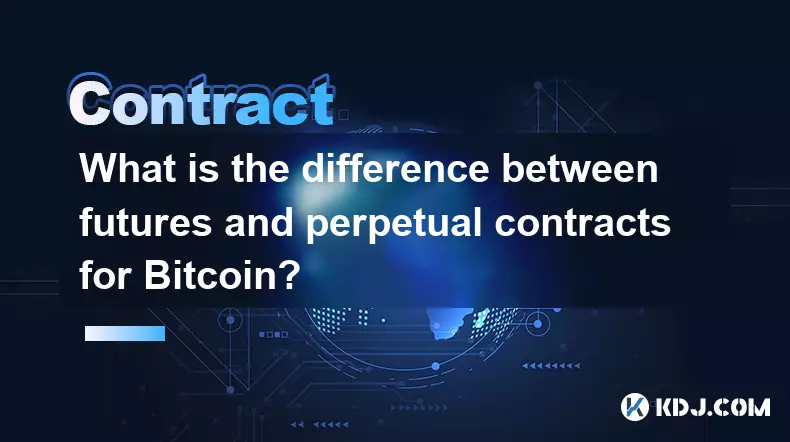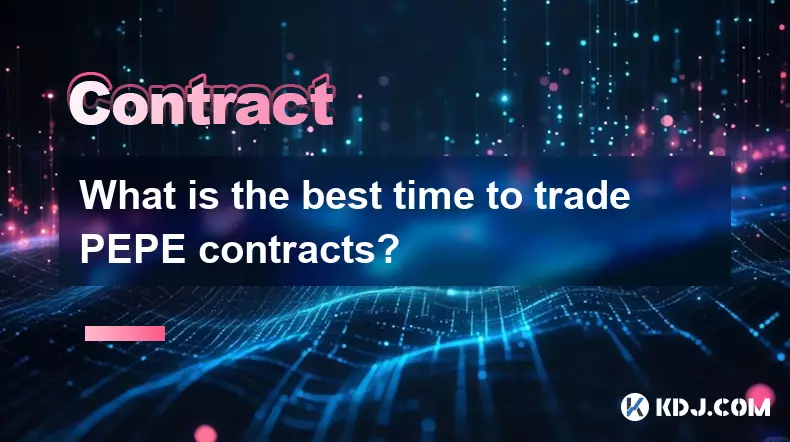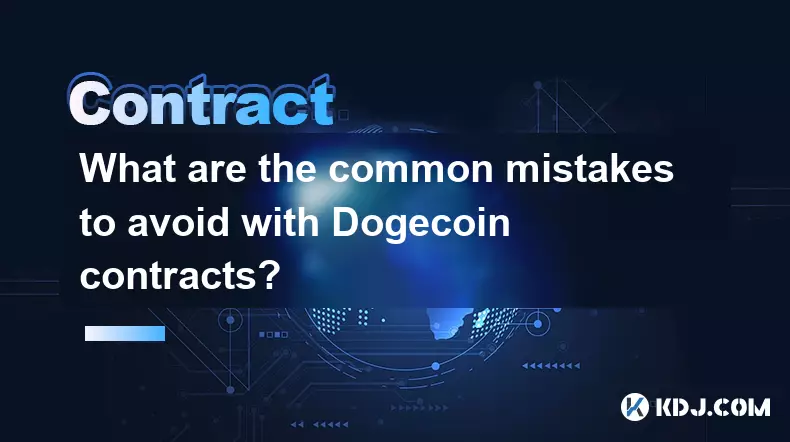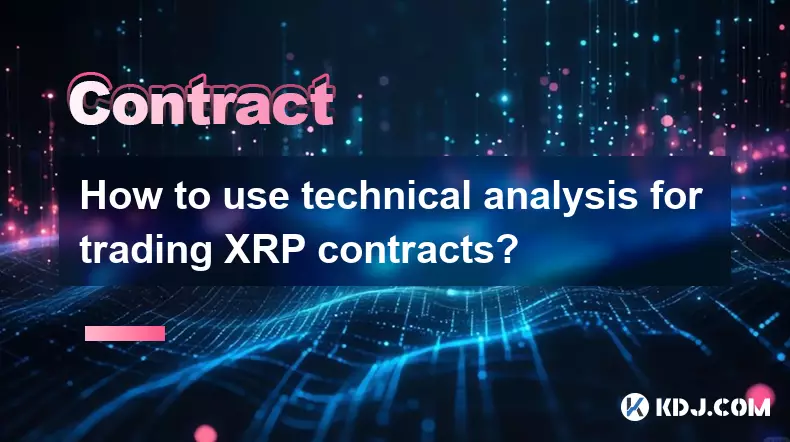-
 bitcoin
bitcoin $123963.239194 USD
1.37% -
 ethereum
ethereum $4529.082464 USD
1.07% -
 xrp
xrp $2.983640 USD
0.71% -
 tether
tether $1.000287 USD
0.02% -
 bnb
bnb $1179.874393 USD
2.99% -
 solana
solana $230.633678 USD
1.55% -
 usd-coin
usd-coin $0.999835 USD
0.03% -
 dogecoin
dogecoin $0.254240 USD
1.34% -
 tron
tron $0.341176 USD
0.15% -
 cardano
cardano $0.842285 USD
0.52% -
 hyperliquid
hyperliquid $48.537896 USD
-0.86% -
 chainlink
chainlink $21.863092 USD
-0.84% -
 ethena-usde
ethena-usde $0.999743 USD
-0.07% -
 sui
sui $3.579561 USD
-0.18% -
 stellar
stellar $0.403418 USD
2.67%
How to set a stop loss for BitFlyer contracts
By setting stop-loss orders on BitFlyer's Contract Trading page, traders can automatically sell assets at a specified price, effectively mitigating potential losses in unfavorable market conditions.
Nov 07, 2024 at 07:06 pm

How to Set a Stop Loss for BitFlyer Contracts
Stop-loss orders are an essential risk management tool for any trader. They allow you to automatically sell your assets if the price falls below a certain level, protecting you from catastrophic losses.
Setting a stop-loss order on BitFlyer is a simple process. Here are the steps:
Step 1: Navigate to the Contract Trading Page
Log in to your BitFlyer account and navigate to the Contract Trading page. You can do this by clicking on the "Contracts" tab in the top menu bar.
Step 2: Select the Contract You Want to Trade
On the Contract Trading page, you will see a list of all the available contracts. Select the contract you want to trade by clicking on it.
Step 3: Place a New Order
Once you have selected the contract you want to trade, click on the "New Order" button. This will open up the order form.
Step 4: Set the Stop-Loss Price
In the order form, you will need to specify the following information:
- Type: Select "Stop" from the drop-down menu.
- Side: Select "Sell" or "Buy" depending on whether you are going long or short.
- Quantity: Enter the number of contracts you want to sell or buy.
- Stop Price: Enter the price at which you want to sell or buy the contracts.
Step 5: Submit the Order
Once you have entered all of the required information, click on the "Submit Order" button. Your stop-loss order will be placed immediately.
Step 6: Monitor Your Order
Your stop-loss order will remain open until it is triggered or cancelled. You can monitor the status of your order by going to the "My Orders" page.
Step 7: Cancel the Order (Optional)
If you change your mind about the stop-loss price, you can cancel the order at any time before it is triggered. To cancel an order, go to the "My Orders" page and click on the "Cancel" button next to the order you want to cancel.
Disclaimer:info@kdj.com
The information provided is not trading advice. kdj.com does not assume any responsibility for any investments made based on the information provided in this article. Cryptocurrencies are highly volatile and it is highly recommended that you invest with caution after thorough research!
If you believe that the content used on this website infringes your copyright, please contact us immediately (info@kdj.com) and we will delete it promptly.
- BlockDAG, DOGE, HYPE Sponsorship: Crypto Trends Shaping 2025
- 2025-10-01 00:25:13
- Deutsche Börse and Circle: A StableCoin Adoption Powerhouse in Europe
- 2025-10-01 00:25:13
- BlockDAG's Presale Buzz: Is It the Crypto to Watch in October 2025?
- 2025-10-01 00:30:13
- Bitcoin, Crypto, and IQ: When Genius Meets Digital Gold?
- 2025-10-01 00:30:13
- Stablecoins, American Innovation, and Wallet Tokens: The Next Frontier
- 2025-10-01 00:35:12
- NBU, Coins, and Crypto in Ukraine: A New Yorker's Take
- 2025-10-01 00:45:14
Related knowledge

What is the difference between futures and perpetual contracts for Bitcoin?
Oct 02,2025 at 11:54pm
Understanding Bitcoin Futures Contracts1. Bitcoin futures are derivative instruments that allow traders to speculate on the future price of Bitcoin at...

What is the best time to trade PEPE contracts?
Oct 03,2025 at 11:54am
Understanding PEPE Contract Volatility1. PEPE contracts exhibit extreme price fluctuations due to their meme-based nature and low market cap. Trading ...

What are the common mistakes to avoid with Bitcoincoin contracts?
Oct 03,2025 at 08:54am
Emerging Trends in the Cryptocurrency Market1. Decentralized finance (DeFi) platforms continue to expand their influence across the blockchain ecosyst...

What is the maintenance margin for Bitcoin contracts?
Oct 02,2025 at 01:36am
Decentralized Exchanges Gain Momentum in 20241. Decentralized exchanges (DEXs) have seen a significant rise in trading volume, surpassing centralized ...

How to use technical analysis for trading XRP contracts?
Oct 03,2025 at 01:18pm
Understanding Price Patterns in XRP Futures1. Identifying chart patterns such as triangles, head and shoulders, and double tops or bottoms can provide...

What does "longing" PEPE contracts mean?
Oct 03,2025 at 11:54pm
Understanding Decentralized Exchanges in the Crypto Ecosystem1. Decentralized exchanges (DEXs) operate without a central authority, allowing users to ...

What is the difference between futures and perpetual contracts for Bitcoin?
Oct 02,2025 at 11:54pm
Understanding Bitcoin Futures Contracts1. Bitcoin futures are derivative instruments that allow traders to speculate on the future price of Bitcoin at...

What is the best time to trade PEPE contracts?
Oct 03,2025 at 11:54am
Understanding PEPE Contract Volatility1. PEPE contracts exhibit extreme price fluctuations due to their meme-based nature and low market cap. Trading ...

What are the common mistakes to avoid with Bitcoincoin contracts?
Oct 03,2025 at 08:54am
Emerging Trends in the Cryptocurrency Market1. Decentralized finance (DeFi) platforms continue to expand their influence across the blockchain ecosyst...

What is the maintenance margin for Bitcoin contracts?
Oct 02,2025 at 01:36am
Decentralized Exchanges Gain Momentum in 20241. Decentralized exchanges (DEXs) have seen a significant rise in trading volume, surpassing centralized ...

How to use technical analysis for trading XRP contracts?
Oct 03,2025 at 01:18pm
Understanding Price Patterns in XRP Futures1. Identifying chart patterns such as triangles, head and shoulders, and double tops or bottoms can provide...

What does "longing" PEPE contracts mean?
Oct 03,2025 at 11:54pm
Understanding Decentralized Exchanges in the Crypto Ecosystem1. Decentralized exchanges (DEXs) operate without a central authority, allowing users to ...
See all articles










































































